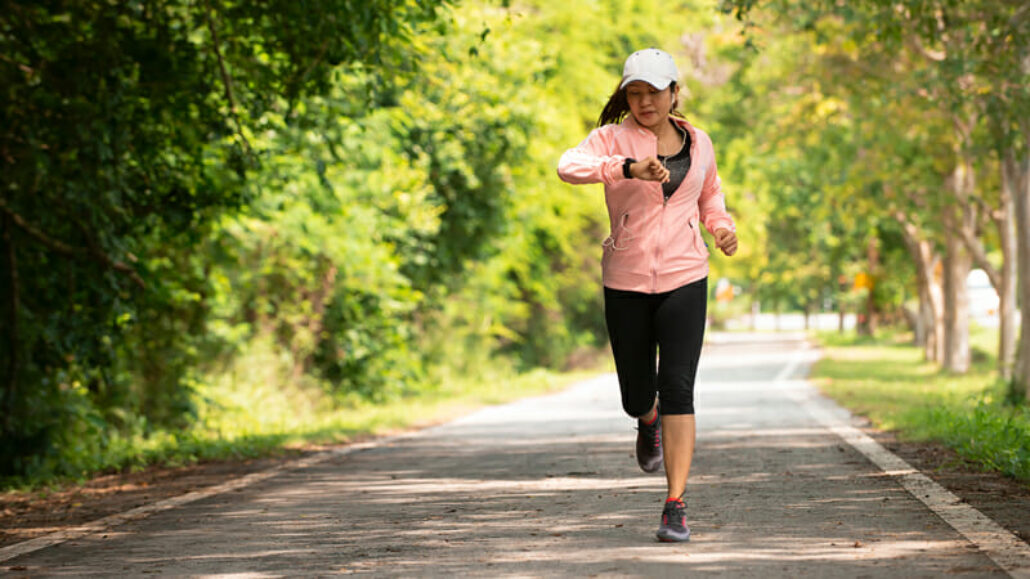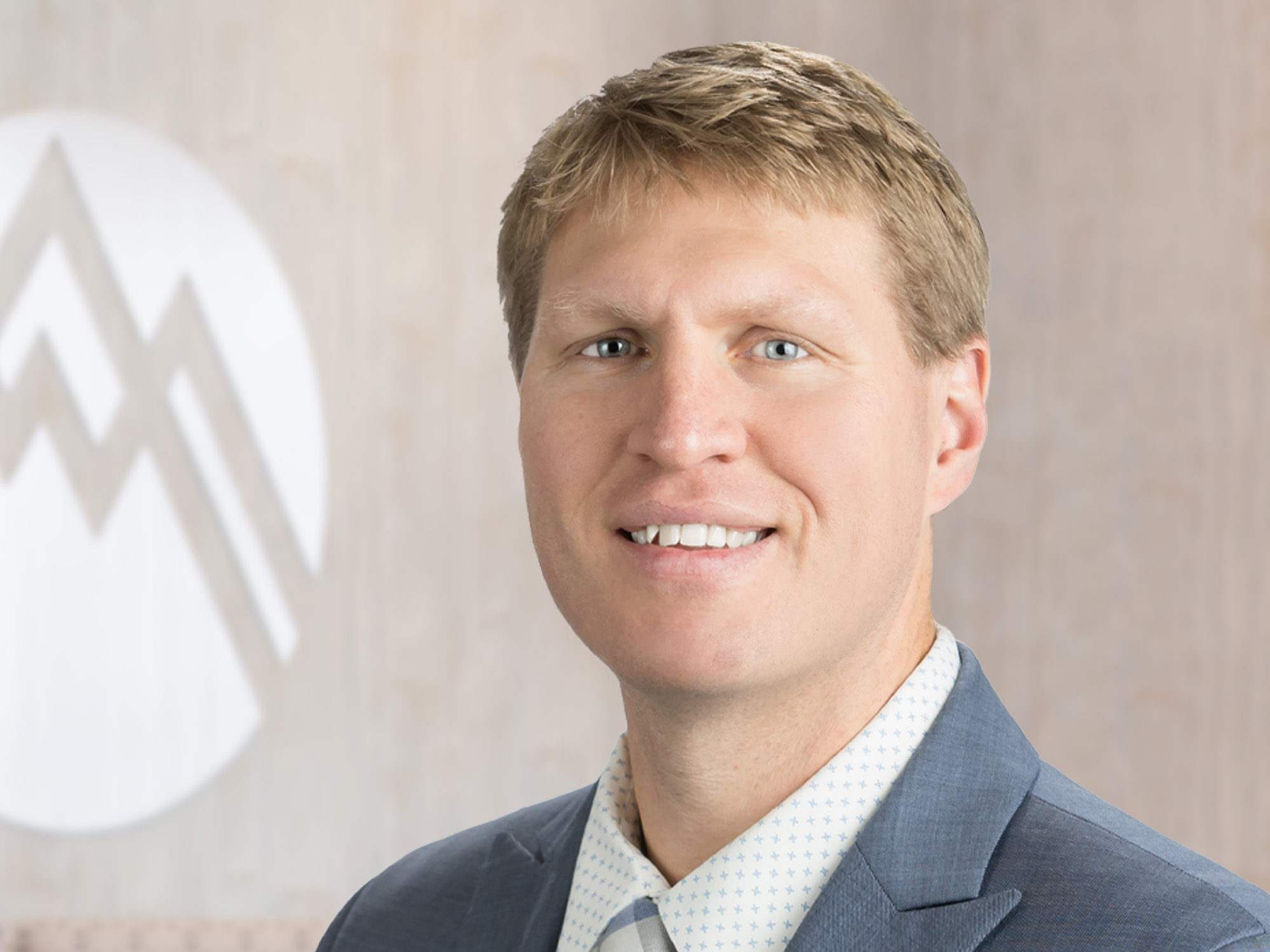Learn which patients benefit most from an allograft ACL repair.
The anterior cruciate ligament (ACL) may be short, but it is critical to stable knee function. When an ACL injury makes the knee unstable and painfully symptomatic, corrective surgery is usually required. Surgical patients have two repair options: an allograft ACL repair or an autograph ACL repair. Fellowship-trained sports medicine surgeon Dr. Scott Pepin explains the difference between these options, and describes the advantages of each surgery.
Two types of ACL repairs
“When you tear your ACL and undergo reconstruction surgery, that actually means that your surgeon is building a brand-new ligament in your knee joint,” says Dr. Pepin. “We remove the injured ACL tissue and build a new ligament to replace it. The new tissue comes from one of two sources. Either we take tissue from the patients themselves, which is called an autograph ACL repair. Or we take the replacement tissue from a cadaver. A repair using cadaver or donor tissue is called an allograft ACL repair.”
The graft sources are similar for both procedures. “Because the actual ACL tendon is a very small piece of tissue inside the joint, we don’t use a cadaver ACL tendon for repairs; it’s too short,” says Dr. Pepin. “To do this repair, I need a long piece of tendon that can be pulled into the bone tunnels and reattached to the bone. Graft sources include the patellar, quad, hamstring, Achilles tendon, or the tibialis anterior.
“Some patients are surprised to learn that at the time of surgery, the tendons that we use are actually stronger than the native ACL,” says Dr. Pepin. “Over time, as the body incorporates the new tendon, some strength is lost. But at the time of surgery, the repair tissue is actually stronger than the native tendon we are replacing.”
Advantages of an allograft ACL repair
The biggest advantage of an allograft ACL repair is that there’s no donor site morbidity,” says Dr. Pepin. “This means that we aren’t harvesting part of your own patellar, quad, or hamstring tendon for the repair. As a result, you don’t have the pain associated with an additional surgical site.”
Another advantage of allograft ACL repair is that surgical rehabilitation is easier in the first stages of recovery. “Allograft tissue is a little more forgiving and there’s less risk of stiffness after surgery,” Dr. Pepin explains. “That’s because you don’t have the extra insult to the knee to harvest repair tissue.”
Disadvantages of an allograft ACL repair
“Every surgical option is going to have disadvantages as well as benefits,” acknowledges Dr. Pepin. “I explain to my patients that allograft tissue has a higher retear rate, especially during the first 12 months after surgery. However, it’s important to understand that the risk is highest in young patients, especially those under the age of 25. For these patients, some studies show a cadaver tissue retear rate as high as 25 percent. That’s why allograft tissue is usually not considered when repairing a torn ACL in young athletes. But as patient age increases, allograft retear risks go down. By the time patients are over the age of 35 or 40, we see reduced retear rates.”
The high retear risk of allograft tissue in younger patients is linked to the fact that many of these patients are actively engaged in sports. “A 16-year-old soccer, football, or basketball player wants to keep playing his or her sport at a high level,” explains Dr. Pepin. “These athletes, along with hockey players and skiers, do a lot of twisting and cutting, which engages the ACL. And those actions put significant stress on knees, increasing the risk of a retear. The more frequently you play higher-risk activities, the more likely it is that you will rerupture your repaired tendon.”
By comparison, Dr. Pepin explains that the average 35- or 40-year-old might play intramural sports, run, or jog. “You don’t need your ACL to run or jog,” he says. “These types of activities put less stress on the knee than competitive sports. As a result, these patients are at lower risk.”
Could the body reject an allograft ACL repair?
“Patients are often concerned about whether their body will reject a cadaver tissue,” notes Dr. Pepin. “I explain that this type of surgery is not like a heart or kidney transplant. Unlike solid organ tissues, connective tendon tissues are made out of collagen. When you receive an allograft, you don’t have to be on any rejection drugs. The tissue of an allograft repair creates a collagen scaffold in the body. As you recover, your own body’s cells invade the scaffold, break it down, and turn it into you. If we biopsy this repair tissue after it’s been incorporated, that tissue will be composed of your own body’s cells.“
Infection risks are another common concern. “I tell my patients that although there have been cases of infections from cadaver tissue, this rate is extremely low with current processing techniques,” says Dr. Pepin. “There is also an extremely low risk of disease transmission.”
Recovery after an ACL repair
ACL protocols vary from surgeon to surgeon. But when the repair is made with your own tissue, it’s about nine months before you can return to sports. An allograft ACL repair requires a longer recovery time. “I don’t allow patients to return to sports until a full 12 months afterward—minimum,” states Dr. Pepin. “Your knee needs this time to incorporate the allograft tissue. Keep in mind that the increased failure rate of allograft repairs is highest in the first 12 months. I want to protect the repair during the high-risk period.”
Which ACL repair is right for you?
The type of tendon chosen to repair the ACL is always a matter of discussion between doctor and patient. “I review the risks and benefits and discuss your expectations,” says Dr. Pepin. “Usually, I don’t even offer an allograft option to patients until they are in their thirties. Even then, we have a discussion about what patients do for work and what expectations are after surgery.”
Summit Orthopedics offers comprehensive sports medicine expertise
From Olympians to pro athletes to kids in youth sports and those who just want to be more active—Summit Orthopedics delivers expert care by fellowship-trained sports medicine physicians. If you are recently injured or concerned about ongoing pain, Summit Orthopedics sports medicine specialists have the expertise to evaluate your discomfort and develop a plan to quickly and safely help you get back to being active.
Start your journey to stronger, healthier athletic condition. Find your sports medicine expert, request an appointment online, or call us at (651) 968-5201 to schedule a sports medicine consultation.
Summit has convenient locations across the Minneapolis-St. Paul metro area, serving Minnesota and western Wisconsin. We have state-of-the-art centers for comprehensive orthopedic care in Eagan, MN, Plymouth, MN, Vadnais Heights, MN, and Woodbury, MN, as well as additional community clinics throughout the metro and southern Minnesota.
More resources for you
- Learn more about knee arthroscopic surgery

